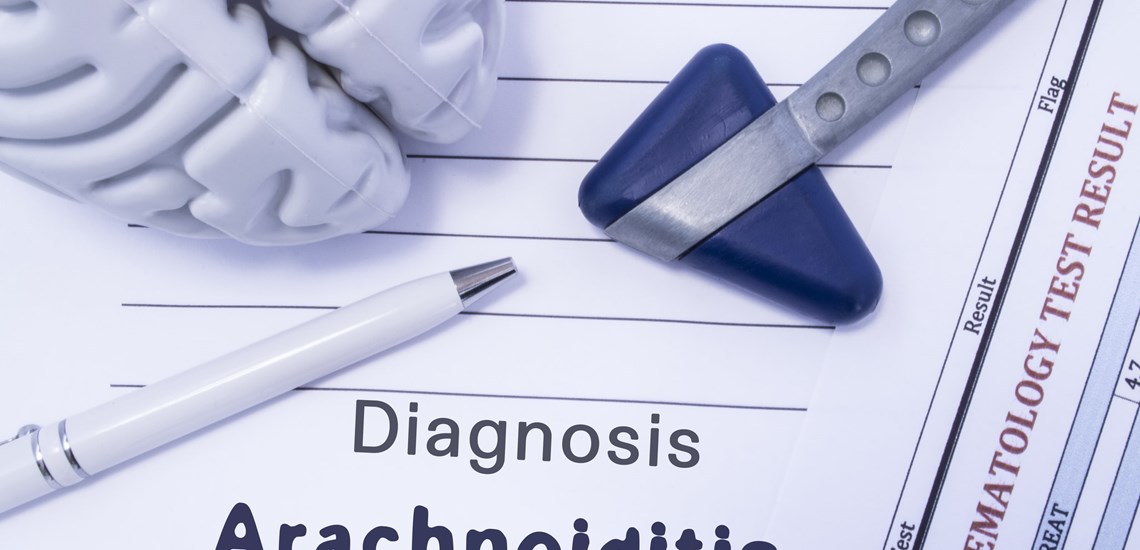Understanding Arachnoiditis

Living with chronic back pain can feel frustrating, especially when you’re unsure of the cause. For most people with chronic back pain, the culprit is a common and treatable condition such as arthritis of the spine or a herniated disc. Other times, a person may experience pain due to a rarer disease such as arachnoiditis.
While uncommon, arachnoiditis is a severe condition that can cause extreme discomfort and lead to long-term side effects. Understanding arachnoiditis and its symptoms is a great way to help identify the condition in its early stages and support those living with discomfort to manage their pain so they can continue living the pain-free life they deserve.
What is Arachnoiditis
The spinal cord nerves are surrounded and protected by three membranes. One of those membranes is called the arachnoid, which is located between the delicate pia mater and the tough outer dura mater. Sometimes the arachnoid gets inflamed and causes the pain disorder arachnoiditis.
The arachnoid typically becomes inflamed or swollen due to irritation. An injury to the spine, chemicals from a diagnostic test, a bacterial infection, virus, or chronic spinal nerve compression can irritate the arachnoid resulting in arachnoiditis.
Signs and Symptoms of Arachnoiditis
Symptoms can vary depending on the person, but one of the most common signs of arachnoiditis is a pain in the lower back or legs. It can also cause pain in the arms and feet. Additional symptoms may include tingling of the legs, muscle cramps, shooting pain throughout the back and legs, and losing control over the bladder or bowel. Some people even experience changes in vision or mobility. Most of the time, the pain and discomfort are extreme and can distribute a person’s ability to work or enjoy daily life. If you’re experiencing signs of arachnoiditis, contact your medical professional.
Treating Arachnoiditis
Doctors can diagnose arachnoiditis through tests such as a CT scan or MRI. Some doctors may also perform an EMG to assess damage to the nerves. If it’s believed an infection caused the arachnoiditis, a lumbar puncture may be needed, which is the extraction of spinal fluid. An additional treatment includes the use of implantable pain pumps, which is a system of pumps placed between the muscle and the skin that releases medication directly to the spinal cord. Doctors may also implant a neurostimulator which is a small device that delivers mild electrical signals near the spine.
There is currently no cure for arachnoiditis. However, treatment is available to reduce pain and discomfort. If you have arachnoiditis and are experiencing any level of pain, the team at Mocek Spine Clinic may be able to help. We offer advanced spine care solutions through patient-centered care. Our purpose is to provide compassionate care designed to allow you to live your life in the least amount of pain possible. Through our minimally invasive spinal treatments, you’re expected to heal more quickly so you can go back to living your life.
To learn more, you can make an appointment at our clinic or give us a call at 501.224.4001.